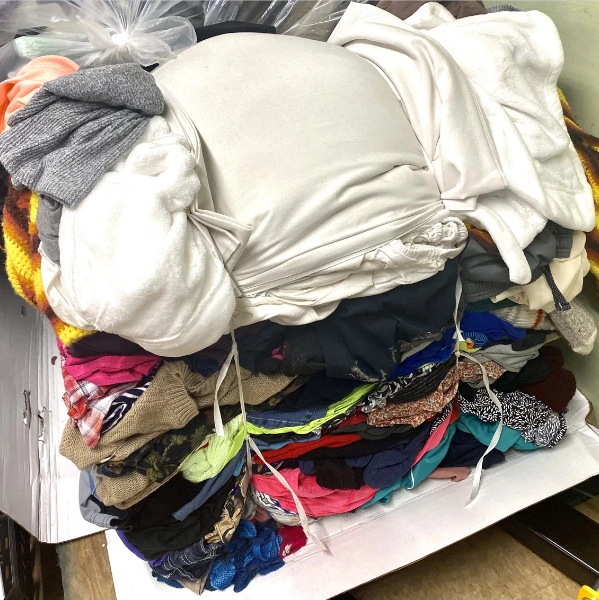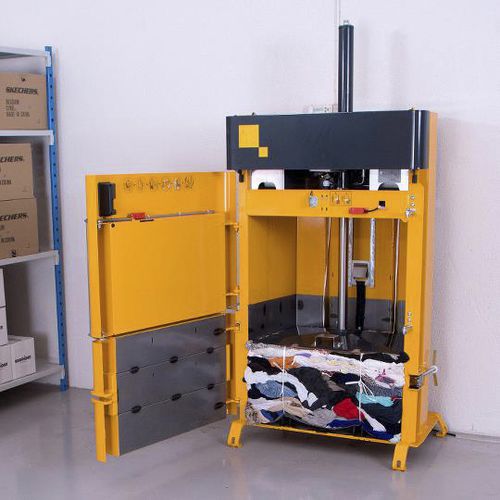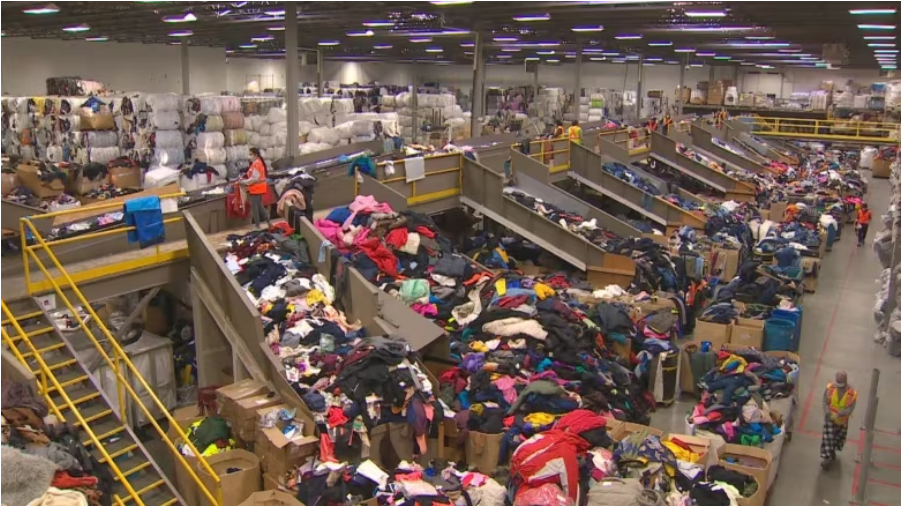SOLUTION
Baling Strap in Textile Recycling Industry
In recent years, the fashion industry has come under increasing scrutiny for its environmental impact, particularly in terms of textile waste. The rise of fast fashion has led to a throwaway culture where clothes are discarded after only a few wears, resulting in a significant amount of textile waste that ends up in landfills. However, there is a solution on the horizon that promises to revolutionize the recycling process for old clothes and textiles - the baling strap.
A baling strap is a strong and durable strap made from high-quality materials such as polyester or polypropylene. Its primary purpose is to secure bales of recycled materials, such as old clothes and textiles, for transportation and storage. By using baling straps, the recycling industry can efficiently handle large volumes of waste materials and reduce the overall environmental impact.


To utilize baling straps in the bundling process, the first step is to feed the old clothes and textiles into the baler. The machine then compresses the materials using hydraulic or mechanical force. This compaction process reduces the volume of the materials and prepares them for bundling.
Once the materials are compacted, the baler uses a system of hooks or straps to secure the bales. This is where baling straps come into play. Made from strong and durable materials like polyester or polypropylene, baling straps are threaded through the hooks or slots on the baler and wrapped tightly around the compressed materials.
The baling straps are tightened to ensure a secure and tight binding for the bales. This is important to prevent the materials from unraveling or becoming loose during transportation and storage. The straps are typically fastened using buckles or clips, ensuring that they remain in place and maintain the integrity of the bales.
Once the bales are securely bound with baling straps, they are ready for transportation and storage. The bales can be stacked or loaded onto trucks or shipping containers for transportation to recycling facilities. The tight binding provided by the baling straps ensures that the bales remain intact and do not come apart during transit.
At the recycling facility, the baling straps can be easily removed from the bales using tools such as cutters or scissors. These straps can then be collected, recycled, and reused in future bundling processes, making them a sustainable choice for the recycling industry.
One of the main advantages of using baling straps in the recycling process is that they enable the compaction and bundling of old clothes and textiles into bales. These bales are then easier to handle, transport, and store. This compaction not only saves space but also reduces the carbon footprint associated with transportation. By using baling straps, more recycled materials can be transported in a single trip, reducing the number of journeys required and the associated emissions.
Furthermore, baling straps provide a secure and tight binding for the bales, preventing them from unraveling during transportation. This ensures that the recycled materials remain intact and are not lost or wasted. Additionally, baling straps can be easily removed and reused, making them a sustainable choice for the recycling industry.
Another benefit of using baling straps is that they help to streamline the sorting and processing of old clothes and textiles. By bundling the materials into bales, it becomes easier to separate different types of fabrics and ensure that they are recycled appropriately. This is particularly important as different fibers have different recycling processes and requirements. Baling straps facilitate this sorting process and enable more efficient recycling practices.

Moreover, the use of baling straps can improve the overall efficiency of textile recycling facilities. The compaction and bundling of old clothes and textiles into bales reduces the amount of space required for storage and processing. This means that recycling facilities can handle larger volumes of materials, resulting in increased productivity and a higher capacity for recycling. In turn, this helps to reduce the reliance on landfills and promotes a more sustainable and circular economy.
In conclusion, the introduction of baling straps has the potential to revolutionize the recycling of old clothes and textiles. By enabling the compaction, bundling, and secure transportation of recycled materials, baling straps offer a more efficient and sustainable solution for the fashion industry’s waste problem. With the growing awareness of the environmental impact of textile waste, it is crucial to embrace innovative solutions like baling straps to reduce the industry’s carbon footprint and move towards a more sustainable future.
BSTSTRAP
Address:No.30 building, Wuxing High-tech Venture Park
Huzhou City, Zhejiang Province,China
Whatsapp:+86 13655829149
Monday to Saturday 9 am to 5 pm
E-mail:Rose@bststrap.com
Send us your enquiry anytime
HomeNewsProductsSolutionDisclaimersPrivacyCooperationContact BSTSTRAP
Copyright © All rights reserved